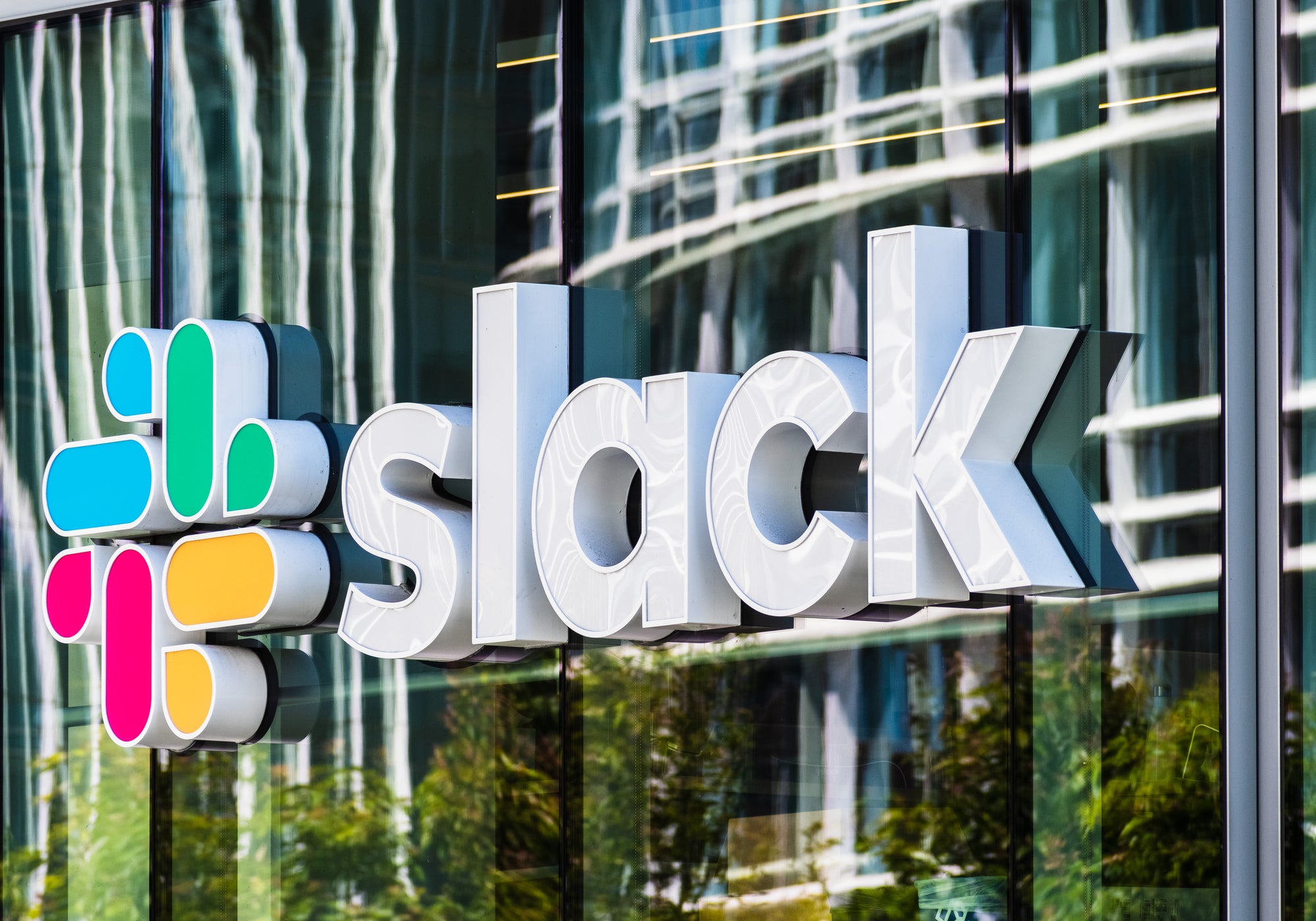
Work communications app Slack has reported steady second-quarter growth, with solid gains in paying subscribers and narrowing overall losses.
For the quarter ending 31 July, Slack reported revenue of $215.9m, up 49% year-over-year. It is the third consecutive quarter in which Slack has reported revenue growth of around 50%.

Access deeper industry intelligence
Experience unmatched clarity with a single platform that combines unique data, AI, and human expertise.
Slack’s net losses shrank to $74.8m for the quarter, whereas in the same period last year its losses stood at $359.6m. GAAP net losses per share were $0.13.
On an adjusted basis, Slack’s operating loss was $6.7m, with earnings per share breaking even.
Key for Slack’s long-term growth – and profitability – is increasing the number of paying users. While Slack saw a surge in daily usage and in the total number of users during the peak of the pandemic, its freemium business model meant that not all growth directly boosted revenue.
In Q2, Slack added 8,000 net new paying customers, a fall from the record 12,000 in the previous quarter but above analyst expectations of 6,000. In total, Slack now has over 130,000 paid customers, up 30% year-over-year.

US Tariffs are shifting - will you react or anticipate?
Don’t let policy changes catch you off guard. Stay proactive with real-time data and expert analysis.
By GlobalDataSlack also saw strong growth in contracts with larger companies. It reported 87 paid customers spending more than $1m annually for its workforce to use Slack, up 78% year-on-year.
In a statement, Slack CEO and co-founder Stewart Butterfield acknowledged that paid customer growth is the “single most important driver of the business over the long term”.
Angela Ashenden, principal workplace transformation analyst for CCS Insight, said:
“The results indicate that its efforts over the last six months to make the path from free usage to paid usage more friction-free are starting to work, with paid customer growth up compared to Q2 last year.
“Clearly there are still some headwinds relating to the current economic conditions, with an unusually large number of contractions in its large customer base, but at the same time it’s positive to see Slack’s success in converting a good number of its trial customers – from the urgent shift to remote work at the start of the crisis – to paid customers so promptly.”
Slack Connect a key driver of Q2 growth
A key driver for Slack’s Q2 growth in paying customers was Slack Connect, which extends channel-based messaging to people outside of an organisation.
“We ended the quarter with more than 380,000 connected endpoints, up more than 200% year-over-year, and now more than 52,000 Paid Customers use Connect, up 160% year-over-year,” said Butterfield.
Launched in June, the product could prove key for Slack’s goal of switching people away from email.
“Looking ahead, it seems clear that Slack Connect – which remains a major point of differentiation for Slack against Microsoft Teams and other competitors – is a crucial piece in the company’s growth strategy, with its ability to generate viral adoption between businesses,” said Ashenden.
“I think over time, we’ll see this take an even more central role in Slack’s overall business, as it effectively creates a new market opportunity that’s been overlooked or considered as too difficult by collaboration vendors in the past.”
While Slack’s Q2 results for fiscal year 2021 exceeded analyst expectations, its growth has been outshone by video conferencing app Zoom. In its most recent quarter, the US company reported a 355% year-over-year revenue increase.
“The challenge for Slack as it gets larger is how to maintain the pace of growth that investors have been expecting, and its struggles are of course thrown into sharper relief alongside Zoom’s stellar performance over the last couple of quarters,” said Ashenden.
In an earnings call, Slack’s chief financial officer Allen Shim, said the company did not see a year-over-year change in its win rate against its closest competitor, Microsoft Teams.
In Q2 Slack filed a complaint against Microsoft with the European Commission, alleging that its Teams communications software is anticompetitive because it comes bundled with Office 365.
Read more: Slack’s Time to Shine: Can It Continue Its Success Post-Pandemic?







